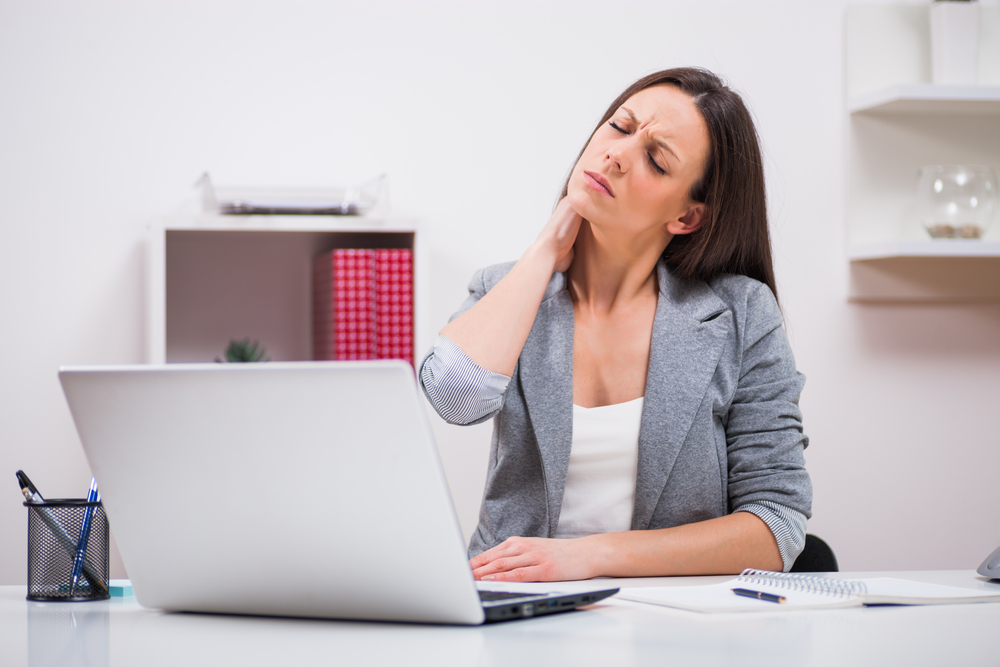A neck strain or sprain is when one or more neck muscles, ligaments or tendons are injured within the neck. Most minor neck strains heal in a reasonably quick amount of time.
Reasons for the neck stain can be one of the following:
- Staying for a long time in an awkward position, like hunching over
- Sleeping in a position that strains the neck, including with a pillow that is too high or too firm
- Carrying a heavy object on one side of the body
- Any kind of trauma that hurts the neck, like from whiplash in a car accident, or from a fall in which person lands on the top of the head


